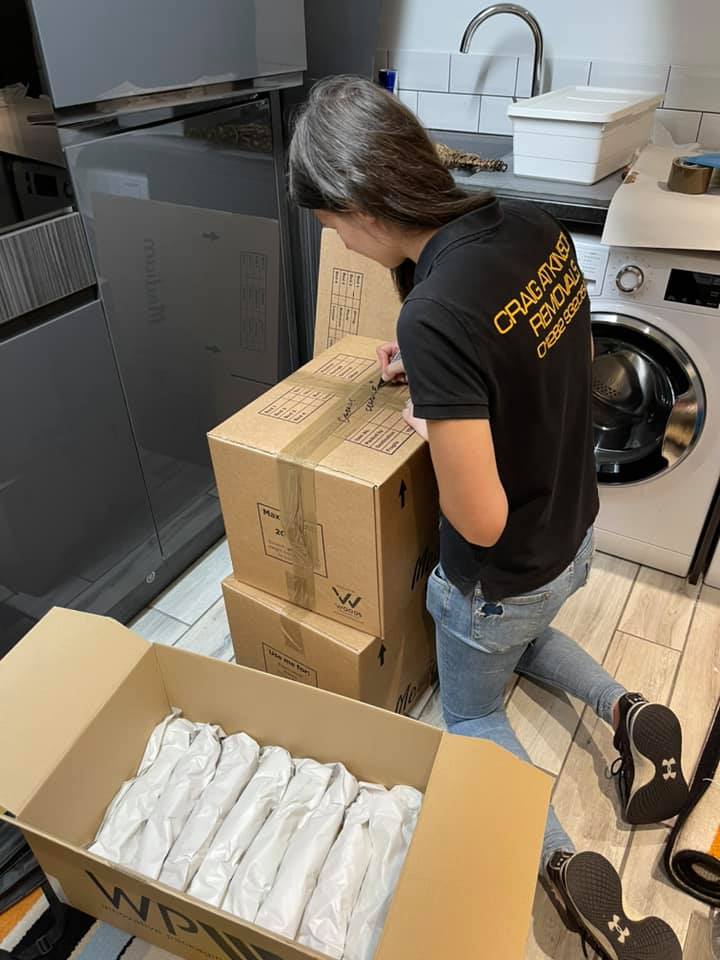A Clear Roadmap From the Initial Search to Settling Into your New Home
Moving home is one of life’s most significant milestones, bringing excitement and new opportunities. However, it can also be a complex process that requires careful planning and organisation. This guide walks you through each stage, providing a clear roadmap from the initial search to settling into your new residence.
Planning and Initial Research
The journey begins with defining your needs and understanding your financial capacity. Clarify what features are essential in your new home, such as the number of bedrooms, outdoor space, or proximity to work and schools. Establish a realistic budget, considering not just the purchase price but also additional costs like legal fees, stamp duty, moving expenses, and potential renovations. Read about Removals costs in 2025 here.
Investigation of local areas is crucial. Spend time exploring areas of interest at various times of day to gauge safety, amenities, transport links, and community atmosphere. If schools are a priority, research local options by reviewing Ofsted reports and catchment areas to ensure your chosen location aligns with your family’s needs.
Understanding the full scope of moving costs helps you prepare financially. These costs include estate agent fees, survey and valuation charges, legal expenses, stamp duty, and costs for hiring removal companies. Budgeting for these expenses prevents surprises and ensures you’re ready when the time comes to make your move. Read our ‘Hidden Removals Costs‘ article here.
Creating a Moving Checklist for Moving Home
To stay organised, develop a comprehensive moving checklist. This should include tasks such as researching local areas, securing mortgage advice, arranging viewings, making offers, preparing your current home for sale, decluttering, booking removal services, and updating your address with relevant institutions. Setting clear deadlines for each task helps ensure nothing is overlooked and keeps the process on track.

Locating Your Property Deeds
Legal ownership of your current property is documented in the property’s deeds. If you don’t have them readily available, contact your previous solicitor or the Land Registry, which maintains official records. Having these documents ready when moving home is essential for the conveyancing process and can save time later. If you can’t find your deeds, our article ‘What can i do if i lost my house deeds‘ may be able to help you.
Securing a Mortgage
Applying for a mortgage is a fundamental step. It’s advisable to consult multiple lenders or independent mortgage brokers to compare deals, interest rates, and repayment options. Obtaining a mortgage agreement-in-principle before making an offer demonstrates seriousness to sellers and strengthens your position. Ensure your financial documents are up-to-date and organised to facilitate a smooth application process.
Selling Your Current Home
If you plan to sell your existing property, obtaining valuations from several estate agents allows you to gauge market value. Choose an agent based on their reputation, marketing approach, and fees. Preparing your home for sale involves decluttering, making necessary repairs, and staging it to appeal to buyers. A well-presented property is more likely to sell quickly and at a desirable price.
Decluttering and Preparing for Moving Home
Decluttering is an essential step to moving home. Sort through your belongings, donating or selling items you no longer need, and disposing of rubbish. This reduces the volume of items to move and helps you start fresh in your new home. Pack non-essential items early to lighten the load closer to moving day.
Finding Your New Home
Begin your property search by browsing online websites such as Zoopla, working with estate agents, and attending viewings. When visiting properties, evaluate their features carefully, considering future potential and local area characteristics. It’s also wise to research any planned developments or changes in the area that might influence your decision or property value.
Making an Offer and Negotiation
Once you identify a suitable property, make a formal offer through the estate agent. Negotiations may follow, so be prepared to discuss price and conditions. Once your offer is accepted, instruct a solicitor or conveyancer to begin the legal process.
Conveyancing and Legal Processes
Engaging a solicitor or licensed conveyancer is essential. They handle property searches, review contracts, and ensure there are no legal issues affecting the transfer. During this phase, you’ll conduct local authority and environmental searches, review the title deeds, and arrange a property survey—helping you understand the condition of your new home and negotiate repairs if necessary.
Moving Day and Final Arrangements
In the days leading up to the move, confirm utility transfers, set up services at your new address, and organise your moving day logistics with your chosen removal firm. On the agreed date, your solicitor completes the transaction, and you receive the keys to your new home, marking the official start of your new chapter.
Settling into Your New Home
After moving, update your address with banks, HM Revenue & Customs, subscription services, and utility providers. Notify friends and family of your new contact details. Finally, unpack your belongings, personalise your space, and explore your new neighborhood to fully settle in.
Conclusion
Moving home involves meticulous planning, organisation, and professional support. By following this structured approach—from initial research and securing finances to legal completion and settling in—you can make your move as smooth, efficient, and stress-free as possible. Early preparation and staying organised are your best tools toward turning a daunting task into an exciting new beginning.





